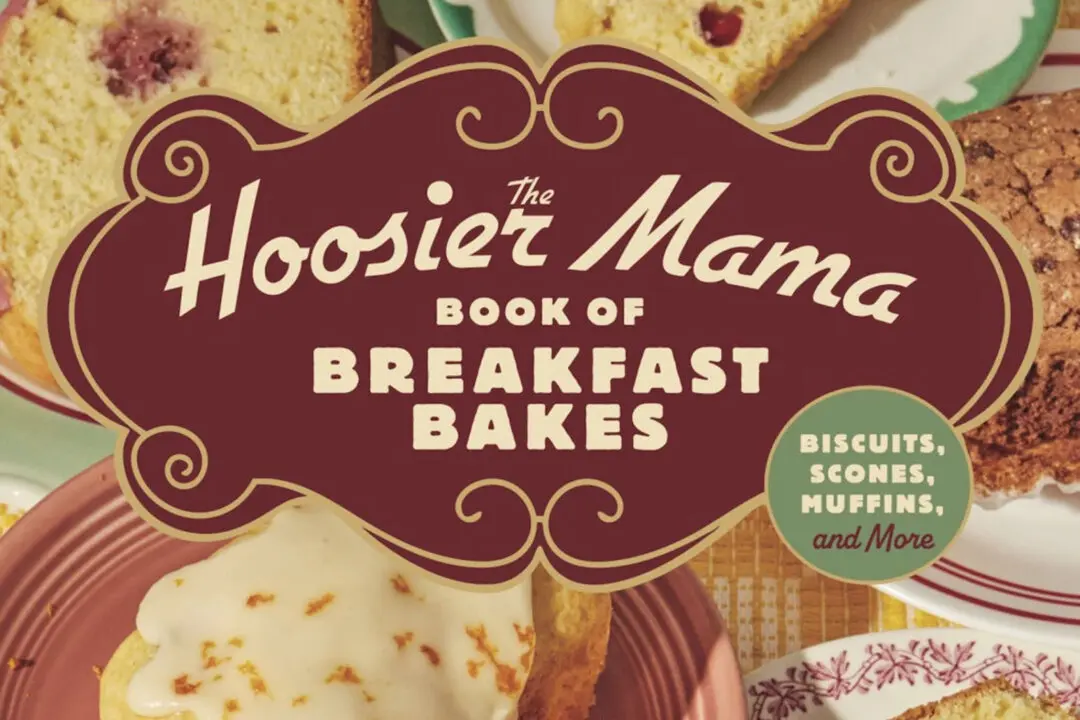By Stephanie Breijo
From Los Angeles Times
Los Angeles—Rounds of sliced-thin, pink, white-speckled mortadella are popping up on sandwiches, on charcuterie plates and even in the occasional cocktail in Los Angeles, but it’s hard to view any food item depicted in ancient Roman carvings as a flash in the pan. The Italian deli meat that traces its roots to Bologna and as far back as the Etruscans isn’t new, but of late it’s been gaining the kind of star power that salami and prosciutto have hogged for too long.






